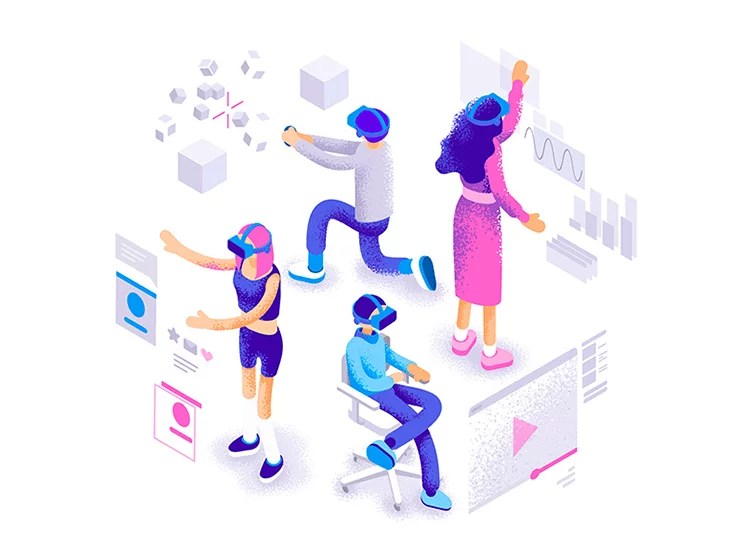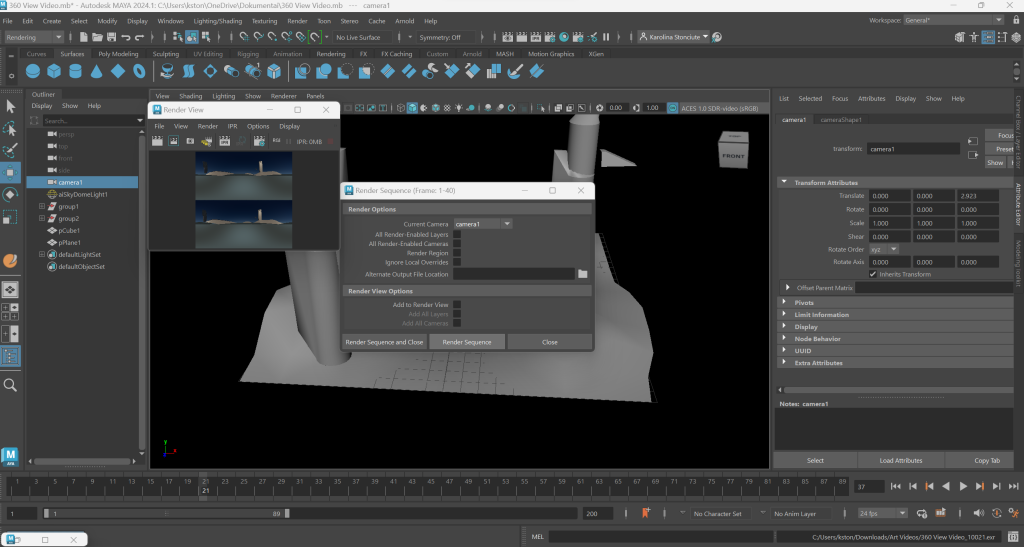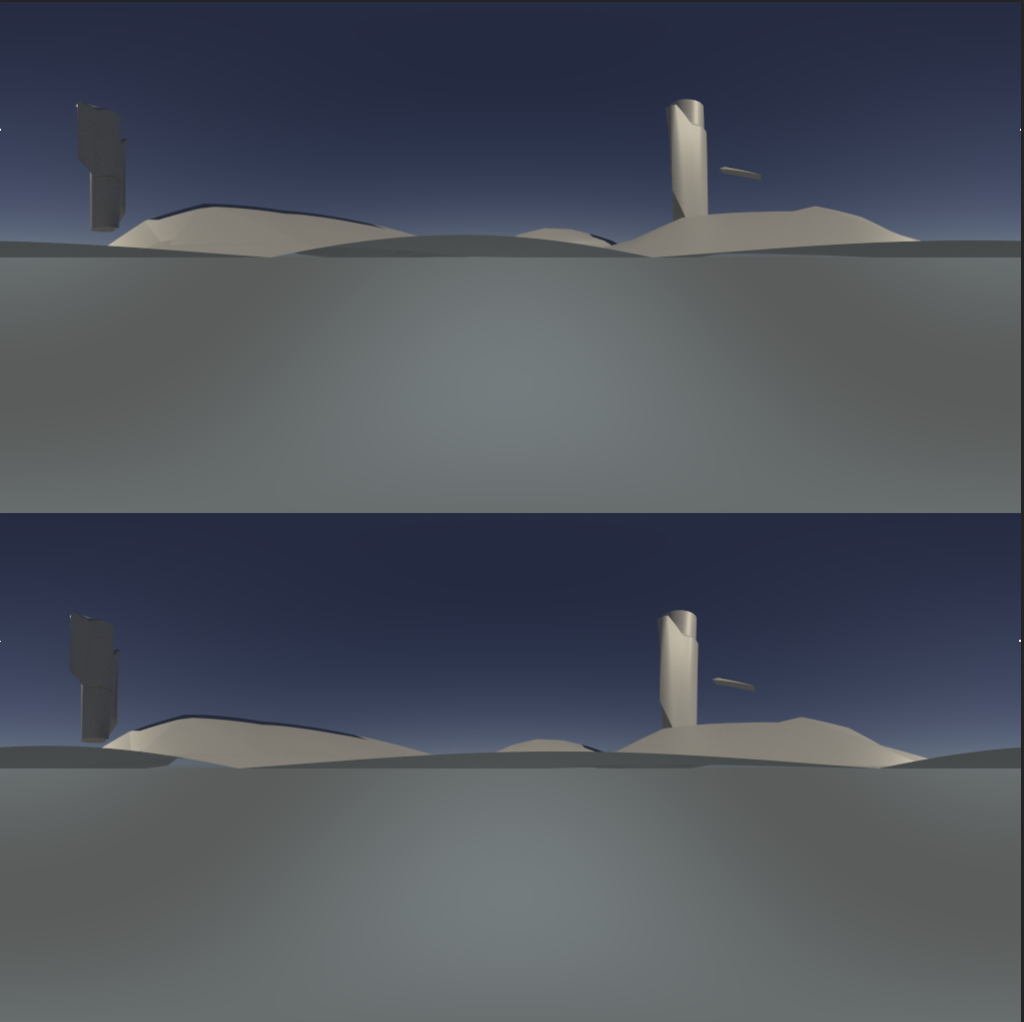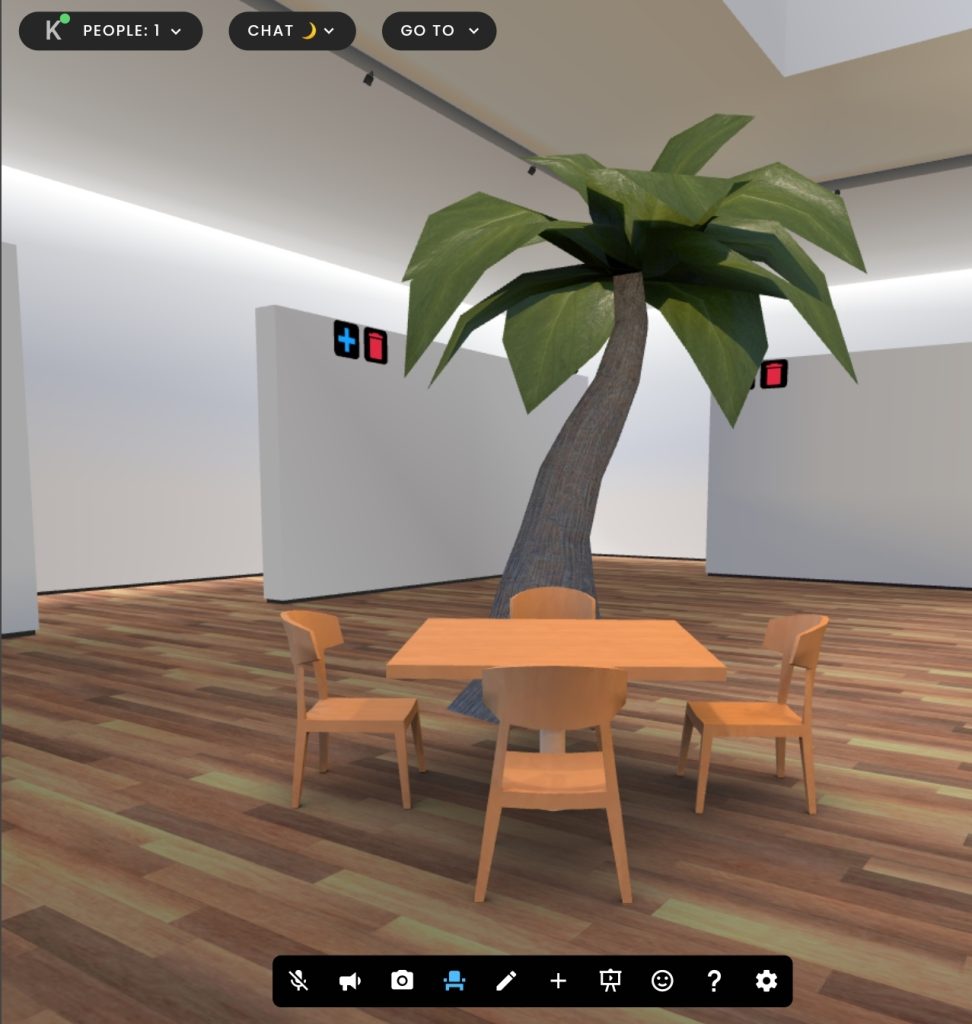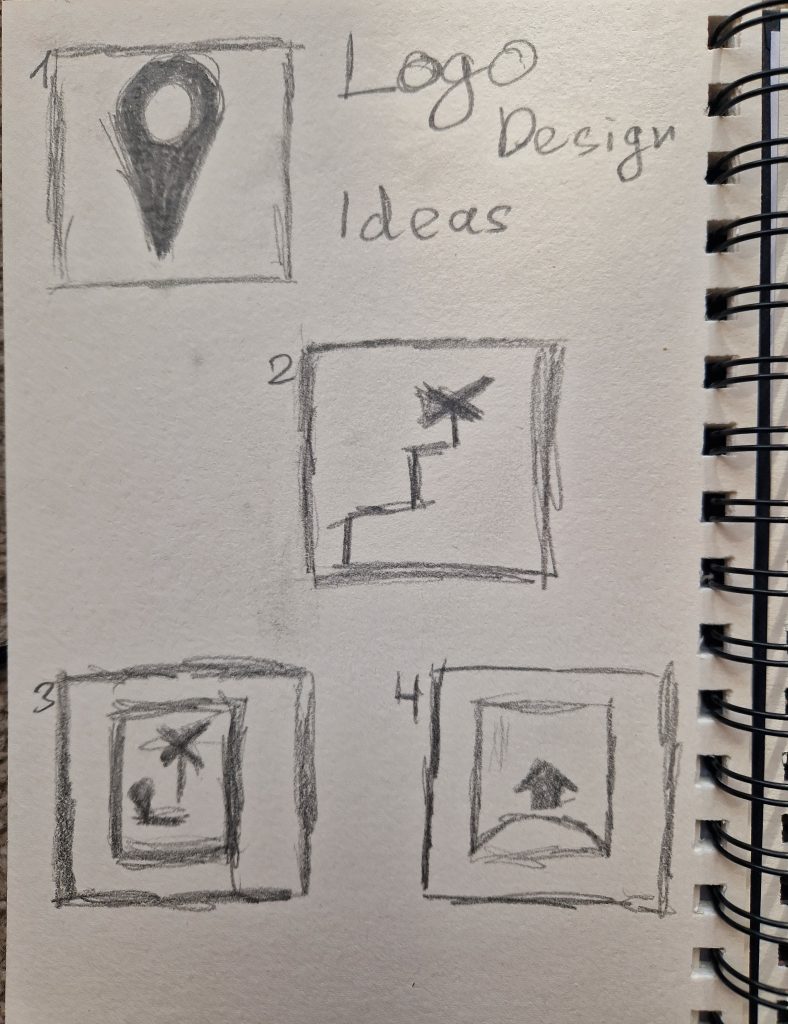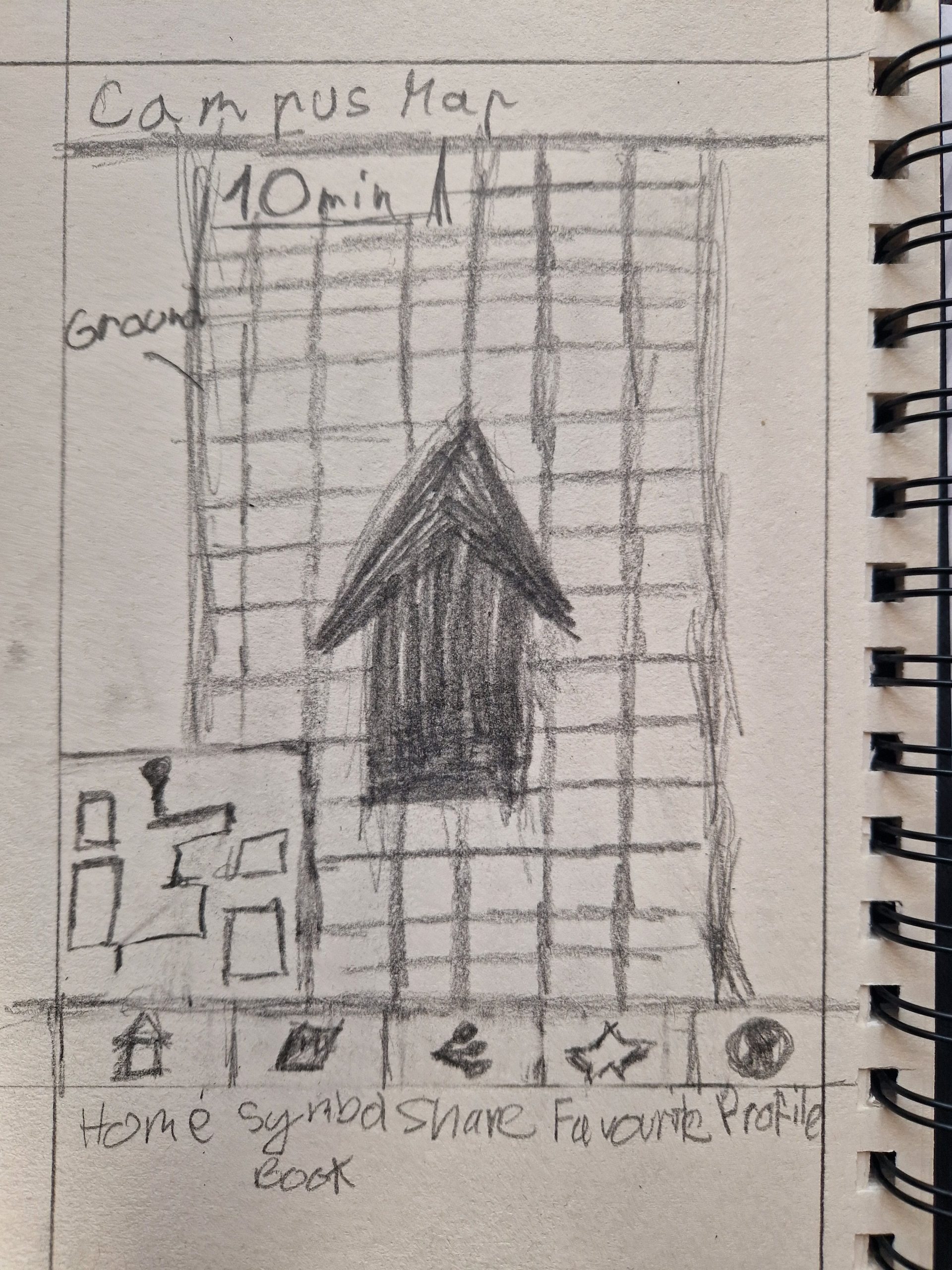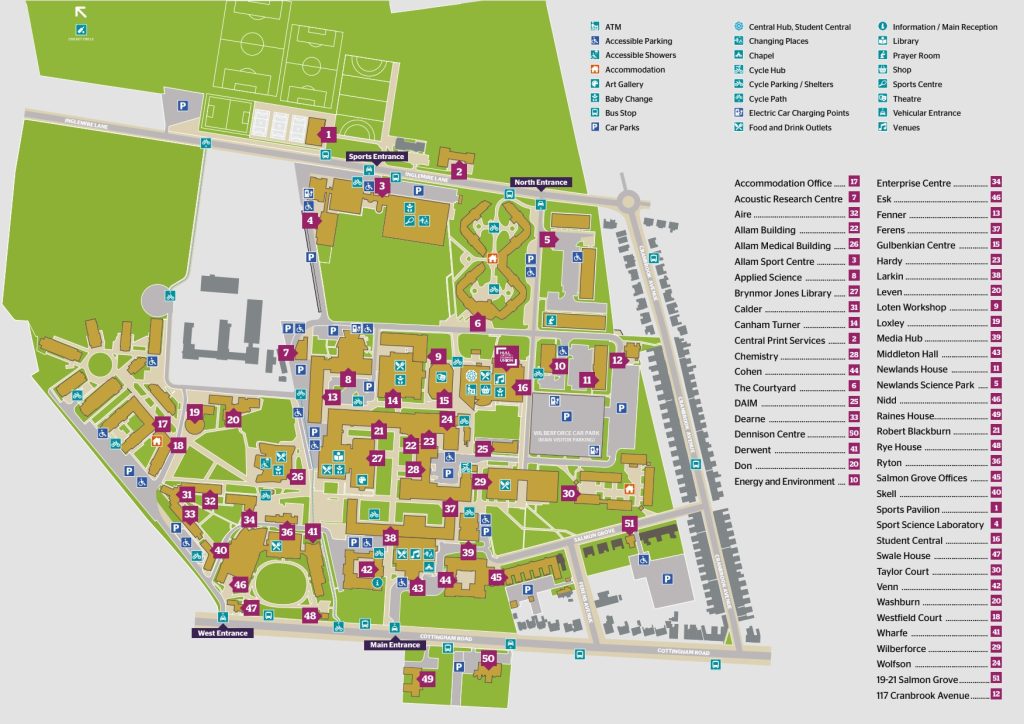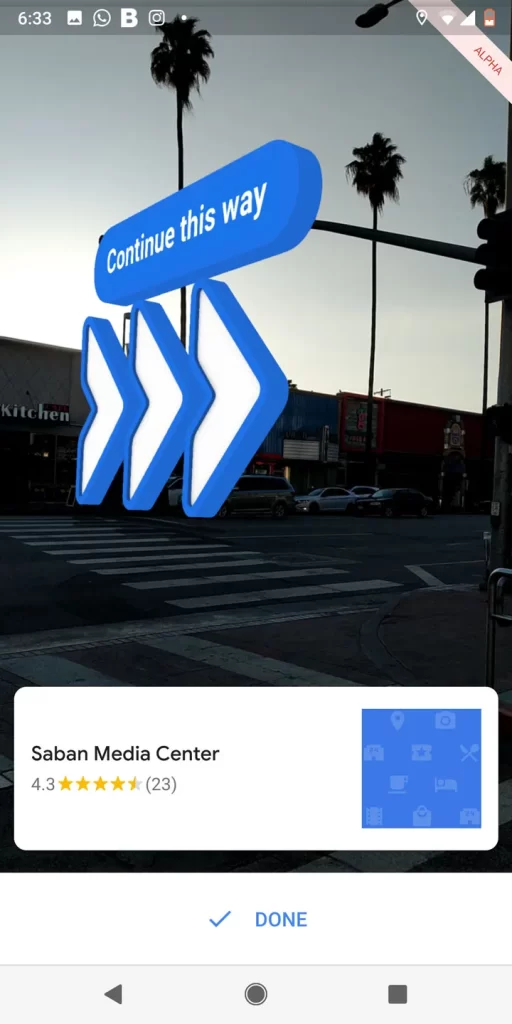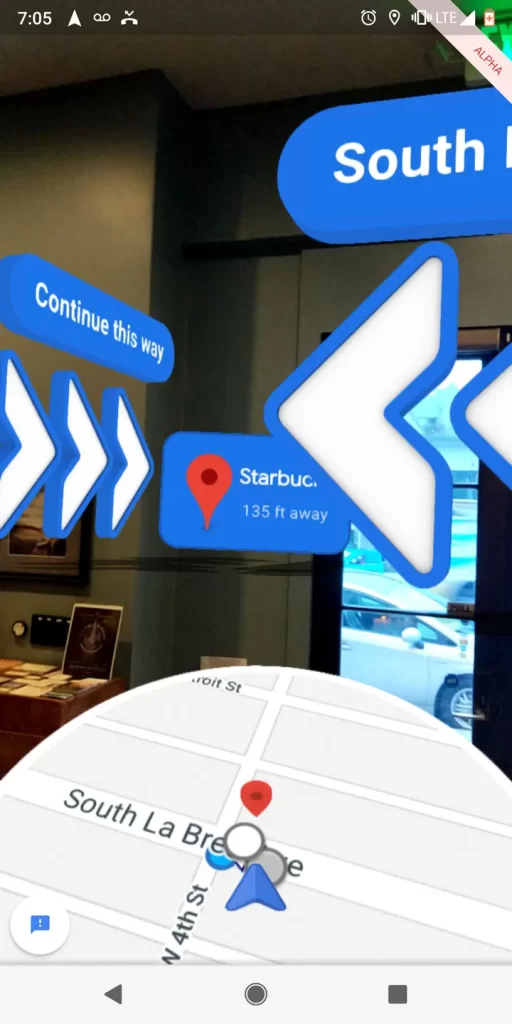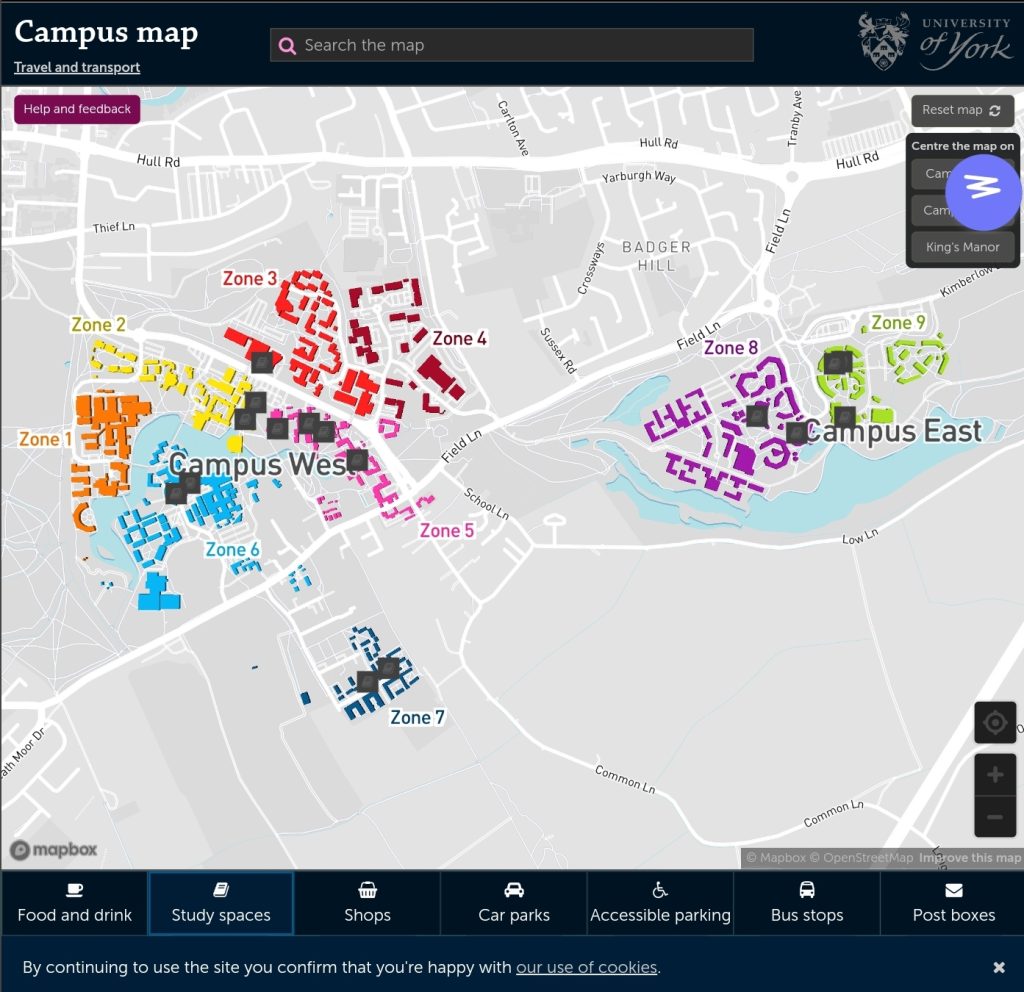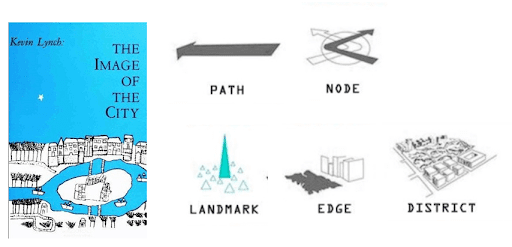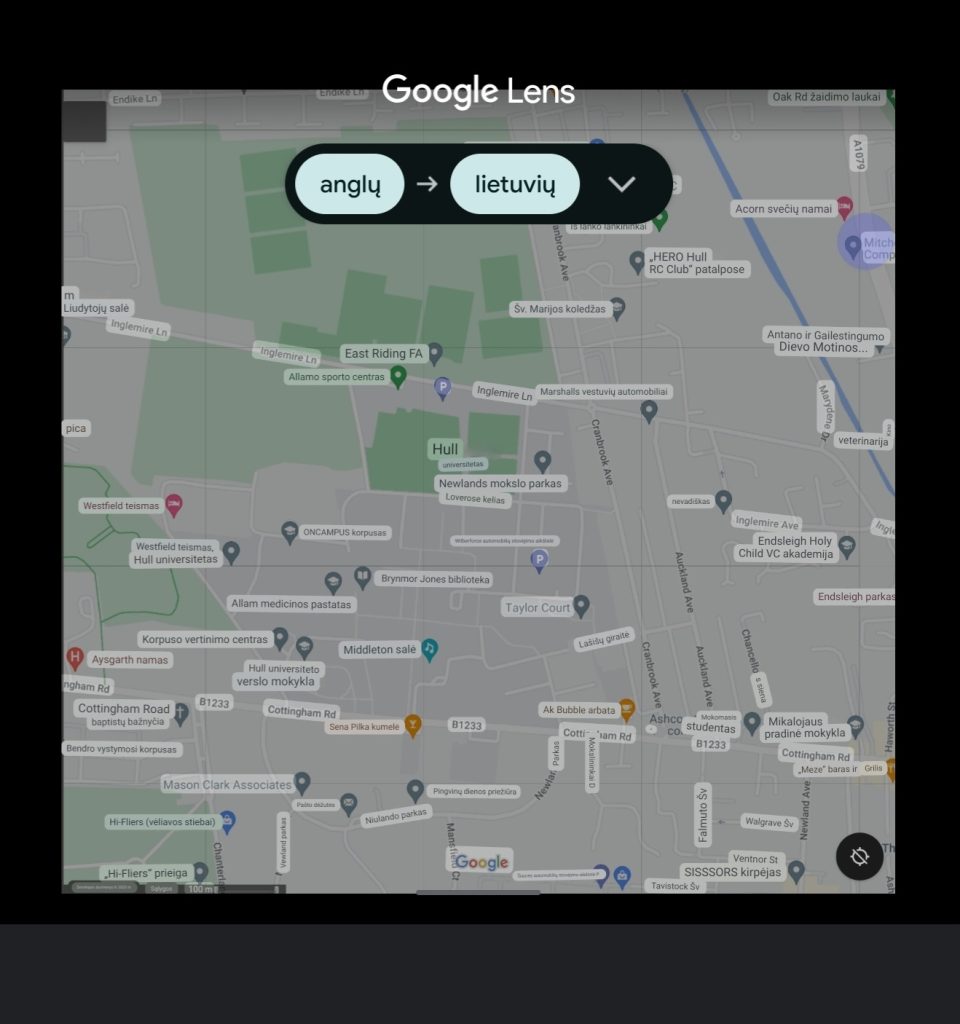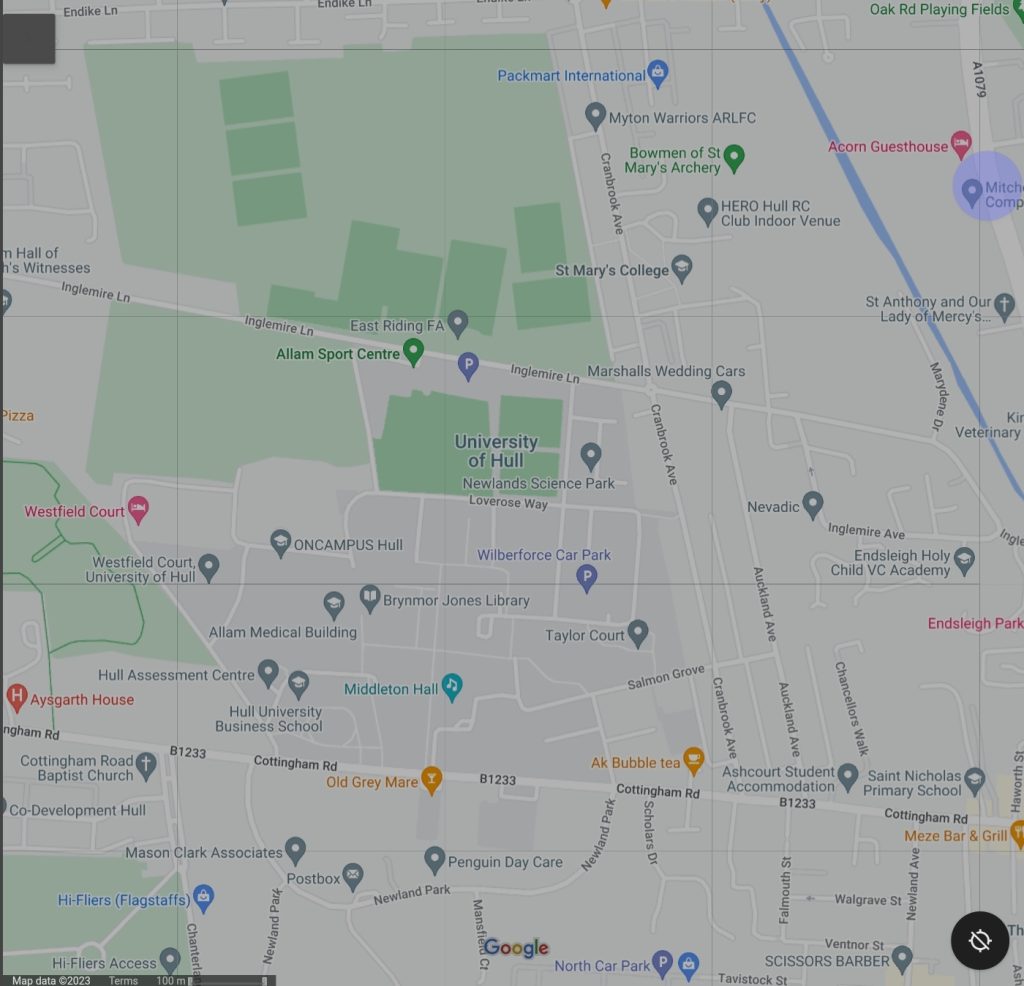What is AR?
Augmented reality is used by apps like Instagram and Snapchat. AR design is used in the editing of photos and selfies, the superimposition of digital costumes, the application of makeup, the alteration of the face, and the modification of voice (Joseph Downs, Justinmind, 29 August 2019).
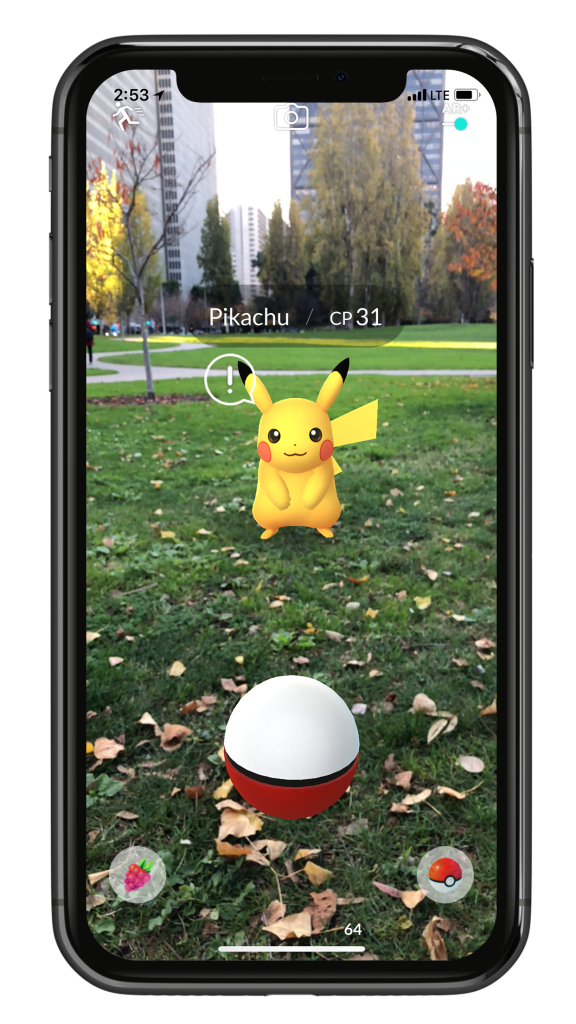
Still, there are other factors besides social benefits that might make users happy. People can feel enthusiastic about their next purchase by using the IKEA Place app, which allows them to preview how furniture would look in their house. They are able to save money and time as well. In short, augmented reality (AR) improves or augments your present world in some way, as the name would imply (Joseph Downs, Justinmind, 29 August 2019).
Advantages of AR
One of the most appealing characteristics of AR is its use of real-world surroundings. This means that, unlike virtual reality, designers do not have to construct a totally new environment from scratch. Instead, the context of the user can be exploited to create an augmented experience in which virtual items become a part of the real environment (Ramotion, 9 January 2023).
Limitations of AR
The user experience is another drawback of AR. AR can provide incredible and fascinating experiences, but it can also cause users to face eye strain, motion sickness, privacy problems, and social embarrassment. These difficulties have the potential to impair customer enjoyment, comfort, and trust in AR technology (Augmented Reality, Linkedin, n.d).
Experimentations with AR

Summary
Following some testing and analysis, the decision was reached to use AR if the projected project is compatible with it. AR strikes a solid balance between reality and virtuality, however some accessibility advancements might be made even further. This media is perfect for bringing historical landmarks to life or for navigating by providing realistic representations of streets.
References
Augmented Reality, Linkedin, n.d. How can you overcome the limitations of Augmented Reality technology? [Online] (Updated in 19 September 2023) Available at : https://www.linkedin.com/advice/0/how-can-you-overcome-limitations-augmented-reality [Accessed in 27 October 2023]
Joseph Downs, Justinmind, 29 August 2019. 18 AR, MR and VR design principles [Online] (n.d.) Available at : https://www.justinmind.com/blog/vr-design/ [Accessed in 25 October 2023]
Pokemon Go, 20 December 2017. AR+ is now available in Pokémon GO! [Online] (n.d.) Available at : https://pokemongolive.com/post/arplus/ [Accessed in 25 October 2023]
Ramotion, 9 January 2023. AR in UX design: From Design Principles to Best Practices [Online] (Updated in 22 August 2023) Available at : https://www.ramotion.com/blog/ar-in-ux-design/ [Accessed in 25 October 2023]

